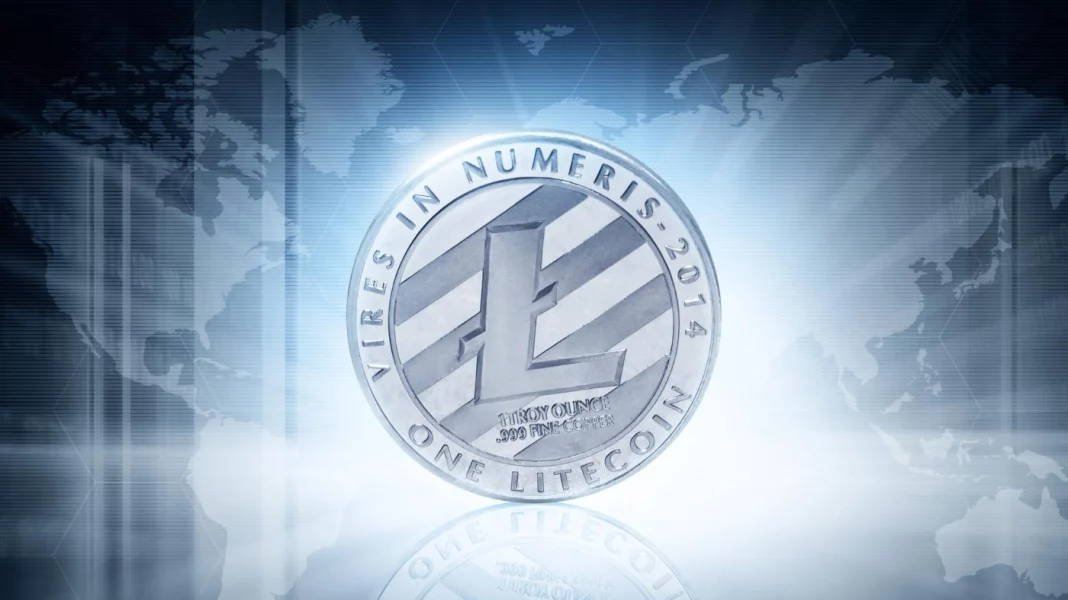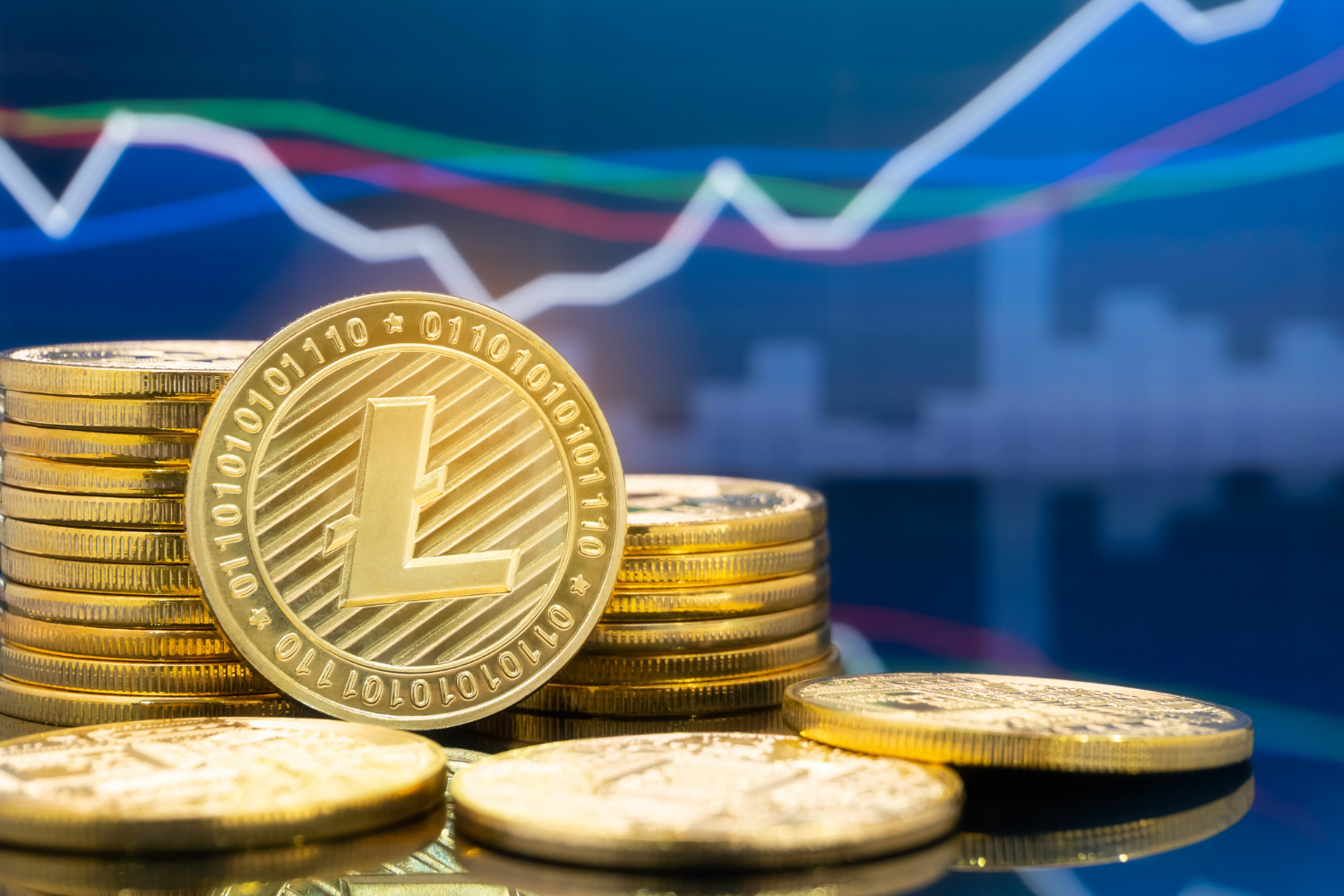Litecoin (LTC) is a digital currency that emerged in 2011 as a result of a Bitcoin blockchain fork.
Its creation stemmed from concerns that Bitcoin was becoming too centralized, giving large-scale mining operations a dominant advantage.
While Litecoin ultimately could not prevent industrial miners from gaining control over the mining process, it has evolved into both a mineable asset and a functional peer-to-peer payment system.
Understanding Litecoin and Its Unique Features
- Litecoin was introduced in 2011 by Charlie Lee, a former Google engineer, two years after Bitcoin.
- It operates similarly to Bitcoin but utilizes a different algorithm.
- The primary goal of Litecoin is to facilitate daily transactions.
- It offers faster transaction speeds compared to Bitcoin.
- Despite originating as a Bitcoin fork, Litecoin has distinct characteristics.
Origins and Development of Litecoin
By 2011, Bitcoin had gained traction among enterprise-level miners, as its increasing value made large-scale mining operations more viable.
The escalating difficulty made it harder for individuals to compete, raising concerns about decentralization, a core principle behind cryptocurrency.
Charlie Lee’s Vision
Charlie Lee spearheaded Litecoin’s development to counteract growing mining centralization. He envisioned Litecoin as a complementary asset to Bitcoin, referring to it as “the silver to Bitcoin’s gold.”
His intention was never to replace Bitcoin but to provide a more accessible alternative for transactions, much like how silver functions alongside gold in traditional finance.
Technical Design and Mining
Litecoin was initially designed to be resistant to application-specific integrated circuit (ASIC) mining, which was becoming dominant in Bitcoin mining.
The cryptocurrency adopted a memory-intensive hashing algorithm to deter centralized mining operations. However, this approach proved temporary, as the first ASIC miners capable of mining Litecoin emerged by 2014.
While anyone can technically mine Litecoin using a personal computer, the practical benefits are minimal unless they join a mining pool.
Mining rewards are distributed based on the computational power contributed, making solo mining unprofitable for most.
In 2024, the most effective method for mining Litecoin involves using ASIC miners that support the Scrypt algorithm. Even with specialized hardware, joining a mining pool is essential to compete with large-scale mining operations.
Acquiring and Trading Litecoin
Like most cryptocurrencies, Litecoin can be purchased on digital asset exchanges. Several platforms facilitate Litecoin trading within the United States, where exchanges are regulated by the Securities and Exchange Commission (SEC) to protect investors. Some notable U.S.-based exchanges that support Litecoin include:
- Coinbase
- eToro
- Kraken
- Bitget
- Robinhood
- Gemini
Users looking to trade Litecoin on these platforms must complete a “Know Your Customer” (KYC) verification process, which requires submitting identification documents and other personal details.
The regulatory landscape surrounding cryptocurrency exchanges continues to evolve, affecting where and how Litecoin can be bought and sold.
Key Differences Between Litecoin and Bitcoin
Despite sharing a common origin, Litecoin and Bitcoin differ in several ways:
Litecoin:
- Maximum supply of 84 million coins
- Uses the Scrypt hashing algorithm
- Processes up to 50 transactions per second
- 2.5-minute block time
- Block reward halves every 840,000 blocks
Bitcoin:
- Maximum supply of 21 million coins
- Uses the SHA-256 hashing algorithm
- Processes up to 7 transactions per second
- 10-minute block time
- Block reward halves every 240,000 blocks
Litecoin Halving Events
Halving events reduce the mining rewards issued per block, influencing supply and potential price movements. Litecoin’s halvings occur at different intervals than Bitcoin’s due to its faster block generation time. Previous Litecoin halving dates include:
- August 25, 2015: 50 to 25 LTC per block
- August 5, 2019: 25 to 12.5 LTC per block
- August 2, 2023: 12.5 to 6.25 LTC per block
- Mid-2027 (expected): 6.25 to 3.125 LTC per block
The Future of Litecoin
Over time, Litecoin has transitioned from an ecosystem dominated by individual miners to one controlled by large corporate mining pools. The long-term viability of the cryptocurrency depends on continued maintenance, relevance, and adoption by users and investors. As of May 2024, Litecoin remains actively developed, with ongoing improvements and fixes implemented by a dedicated developer community.
In 2024, Litecoin also integrated Runes, a feature similar to Bitcoin’s non-fungible tokens (NFTs).
At that time, Litecoin had a market price exceeding $80, a daily trading volume of approximately $310 million, and a total market capitalization of $6 billion.
Between January and May 2024, the Litecoin network processed a record 34 million transactions—nearly four times the amount processed in the same period the previous year.
These figures indicate continued interest and usage of the cryptocurrency, though its long-term trajectory remains uncertain.
Is Litecoin a Viable Investment?
Litecoin’s investment potential depends on individual risk tolerance and financial objectives. For those comfortable with market volatility and speculative trading, it may present an opportunity.
However, those seeking stable, long-term investments should carefully evaluate its risks.
Consulting a financial advisor can provide guidance on whether Litecoin aligns with personal investment strategies.
Final Thoughts
Litecoin is both a blockchain network and a cryptocurrency designed primarily for payments.
While initially created to counteract mining centralization, it has evolved into an alternative transactional asset and speculative investment.
Users can participate in the network as miners or trade Litecoin on various exchanges, depending on their interest in the asset.
Have you read it yet? What Determines Bitcoin’s Value in 2025?
Disclosure:This article does not contain investment advice or recommendations. Every investment and trading move involves risk, and readers should conduct their own research when making a decision.
Kriptoworld.com accepts no liability for any errors in the articles or for any financial loss resulting from incorrect information.



